This task shows you how to set the orientation of devices and supports during the flattening process.
A CATProduct document is open.
-
Select the Flattening Orientation tab:
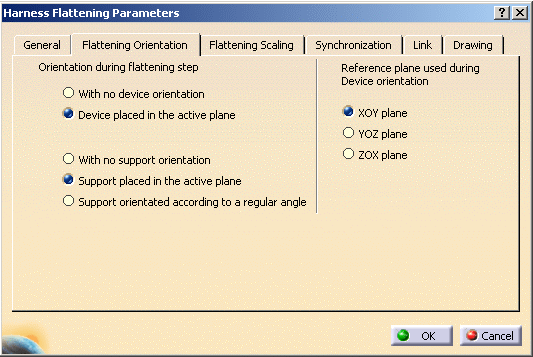
-
Choose the orientation of the device during the flattening step.
- By selecting With no device orientation, the device is positioned by a transformation computed by the flattening algorithm. However, there is no specific action on the orientation of the device and it will depend upon the selected active plane.
- If you select Device placed in the active plane, the local Z axis of the device is positioned perpendicular to the active plane specified in the General tab of this dialog box.
-
Choose the support orientation.
- By selecting With no support orientation, the supports will maintain their 3D orientation.
- If you select Support placed in the active plane, the support will be orientated with respect to the active plane specified in the General tab of this dialog box.
- Finally when choosing the third option, Support orientated
according to a regular angle, the default orientation
behavior of the supports keeps the real position (angle between 0°
and 360°).
Supports will be placed according to the closest regular angle they
have in 3D. It enables you to prevent bundle segments from
twisting. They are four regular angles (0°,
90°,
180°
and 270°).
0°: the angle will be applied if the real position is between -45° (or 315°) and 45°. 
90°: the angle will be applied if the real position is between 45° and 135°. 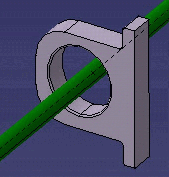
180°: the angle will be applied if the real position is between 135° and 225°. 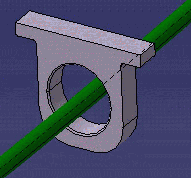
270°: the angle will be applied if the real position is between 225° and 315°. 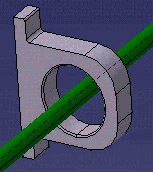
-
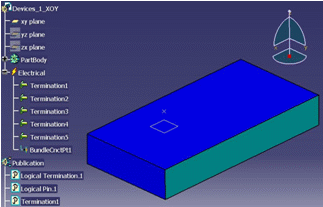
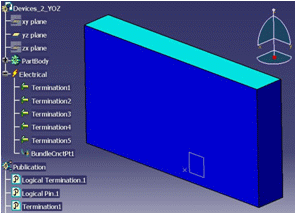
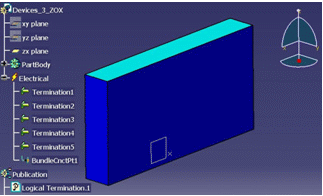
-
Click OK to validate.
The local references of the supports and devices are used
to orientate the components.
Thus the angle is calculated with the local Z axis of the part containing
the support and the normal of the active plane.